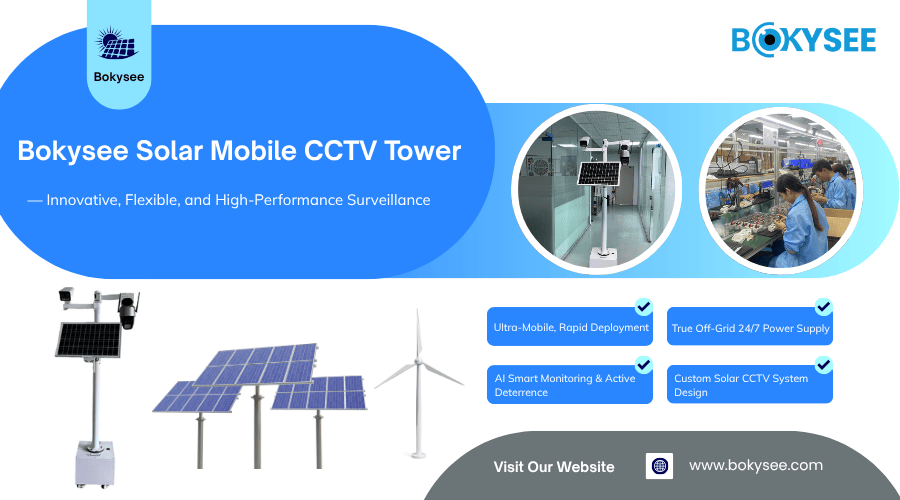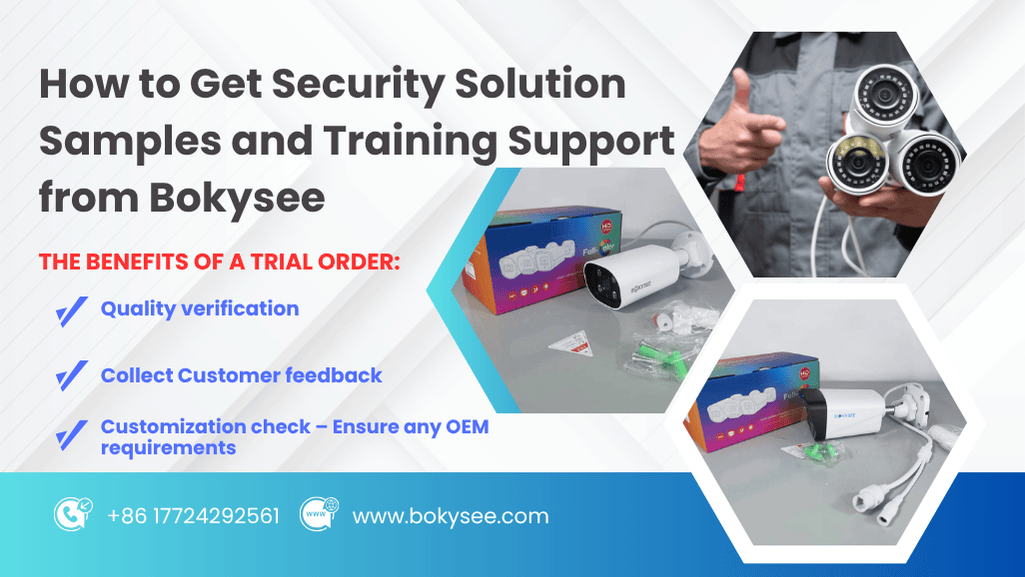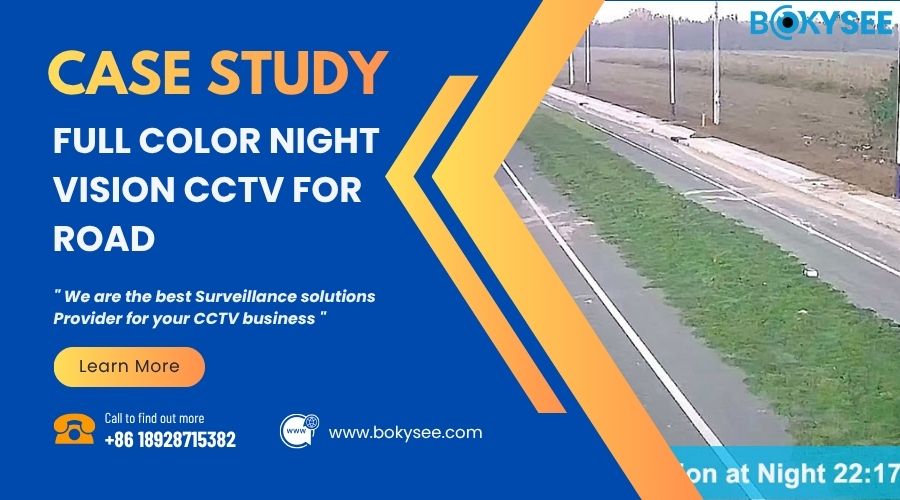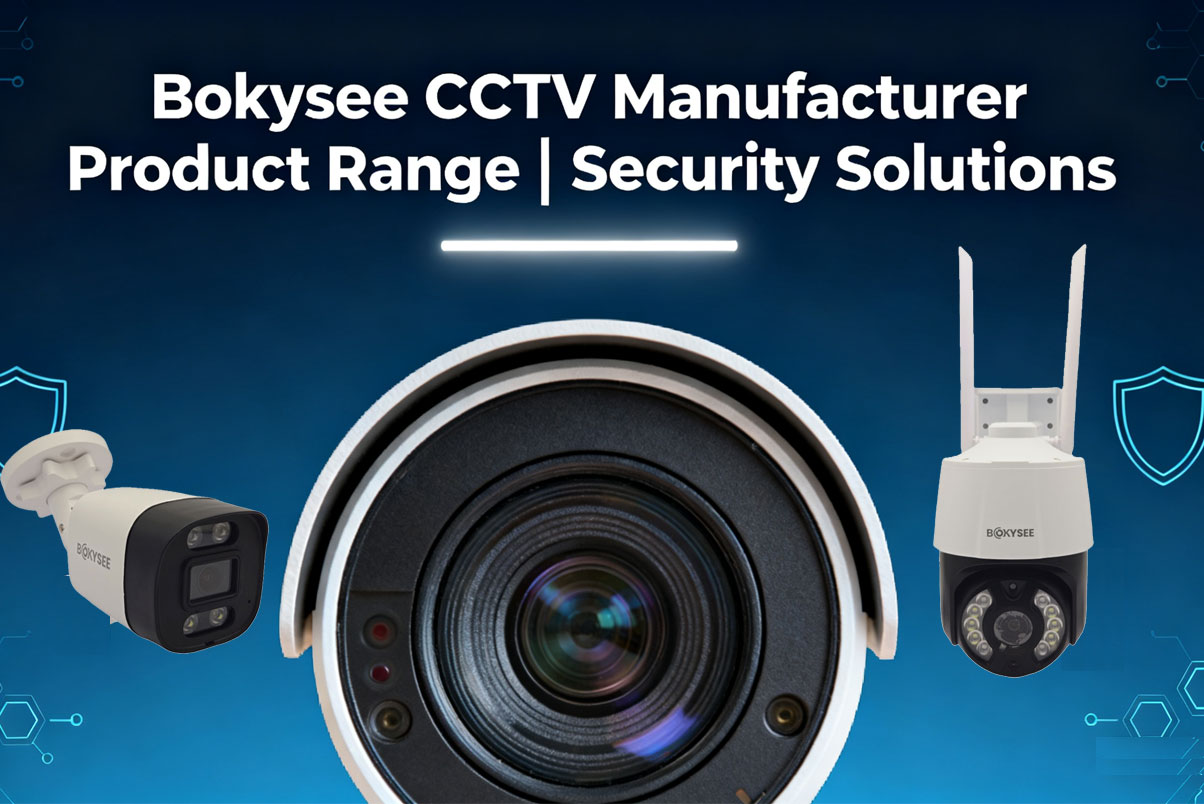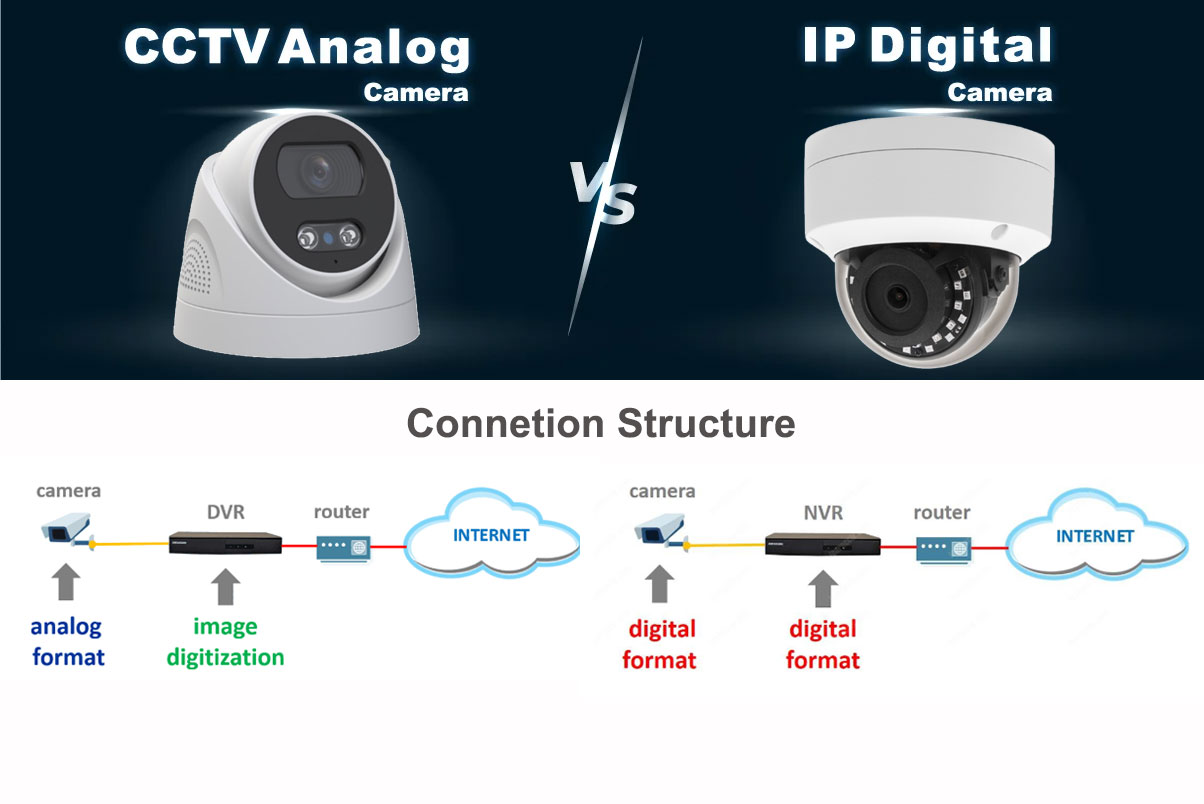
Keeping people safe and protecting things is very important today. Camera technology has changed a lot over time. It went from simple analog cameras to smart digital ones. The IP camera system changed security with clear images, internet use, and smart tools. But how is an IP camera system different from old cameras? Knowing these differences helps pick the best option for safety needs.
Understanding Internet Protocol Cameras and Traditional Cameras
What is an IP Camera System? (Complete Guide)
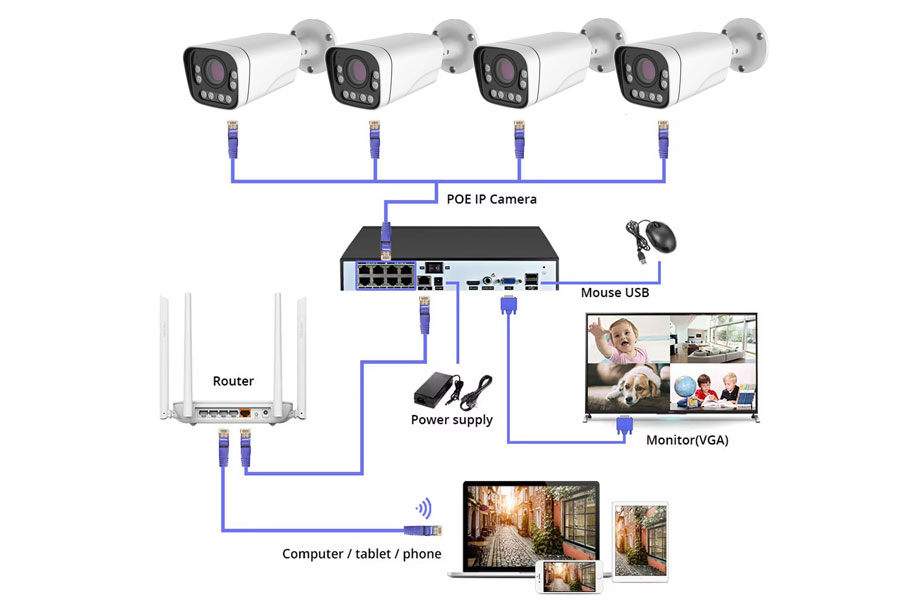
Definition and Core Functionality
An IP camera system uses digital tech to send video over networks. It works through internet protocol, letting cameras and storage talk easily. Each camera has its own IP address to connect directly. This digital setup gives clear video and smart processing features.
IP cameras turn video into digital signals to send them. They can connect with wires or WiFi, making setup flexible. Ethernet cables give steady connections, while WiFi helps in tricky spots. Network video recorders (NVRs) or cloud storage keep data organized.
How IP Cameras Work
IP cameras record video using lenses and image sensors. The video is compressed to save space but stays clear. This data is sent over a network to storage or viewing devices. You can watch live video from far away with real-time streaming.
Extra features make IP cameras even better. Motion detection sends alerts for strange movements. Remote access lets you check video on phones or computers. They can connect with smart home devices for easy control. These cameras work for small or big setups.
What are Traditional Cameras?
Definition and Core Functionality
Traditional cameras, called analog cameras, use older tech for video. They send video through coaxial cables to a recorder. A digital video recorder (DVR) saves and plays back the footage.
These cameras don’t need the internet to work. They are simple and reliable for basic surveillance. Fixed cables keep them steady in stable places. But, their video quality and smart features are limited by analog tech.
How Traditional Cameras Work
Traditional cameras use analog sensors to capture video. The video goes straight to a DVR using coaxial cables. The DVR saves the footage on local storage and shows it on monitors.
These cameras are easy to use. They record and play video continuously. Some can pan, tilt, or zoom for better views. But, they can’t connect to networks for remote access or automation. They’re good for simple and budget-friendly security setups.
Key Differences Between IP Camera Systems and Traditional Cameras
Technology and Connectivity
Digital vs. Analog Signals
IP cameras use digital signals to send video data clearly. Digital signals keep the image sharp without losing quality. This technology helps IP cameras show detailed and clear footage. Traditional cameras use analog signals to handle video. Analog signals can lose quality and make images less clear.
Network-Based vs. Cable-Based Transmission
IP cameras connect through networks like WiFi or Ethernet cables. These setups are flexible and need fewer wires, making them easier to install. Traditional cameras use coaxial cables to send video. Coaxial cables need more wiring and are harder to set up. They also make it tough to expand for bigger systems.
Image Quality and Resolution
High-Definition Capabilities of IP Cameras
IP cameras give high-quality images, from 1.3 megapixels to 4K. They work well even in low light and have night vision. Some models, like Bokysee IP cameras, use infrared for better night views. Their sharp images make them great for detailed security needs.
Limitations of Traditional Cameras
Traditional cameras usually show standard-definition video with less detail. Their sensors can’t capture small details, especially in large areas. Low resolution makes it hard to identify people or objects. Slow frame rates also lower the quality of their recordings.
Features and Functionality
Advanced Features in IP Cameras
IP cameras have smart features that improve security. You can watch live video on your phone or computer. AI tools detect people or cars and reduce false alarms. They also have motion detection and PTZ (Pan-Tilt-Zoom) options. Bokysee IP cameras can zoom up to 50X for faraway details. They work with smart systems for easy control.
Basic Features in Traditional Cameras
Traditional cameras are simple and good for basic security. They record nonstop and some can tilt, pan, or zoom manually. They don’t have remote access or smart detection tools. Their simple design makes them affordable for small setups.
Benefits of IP Camera Systems
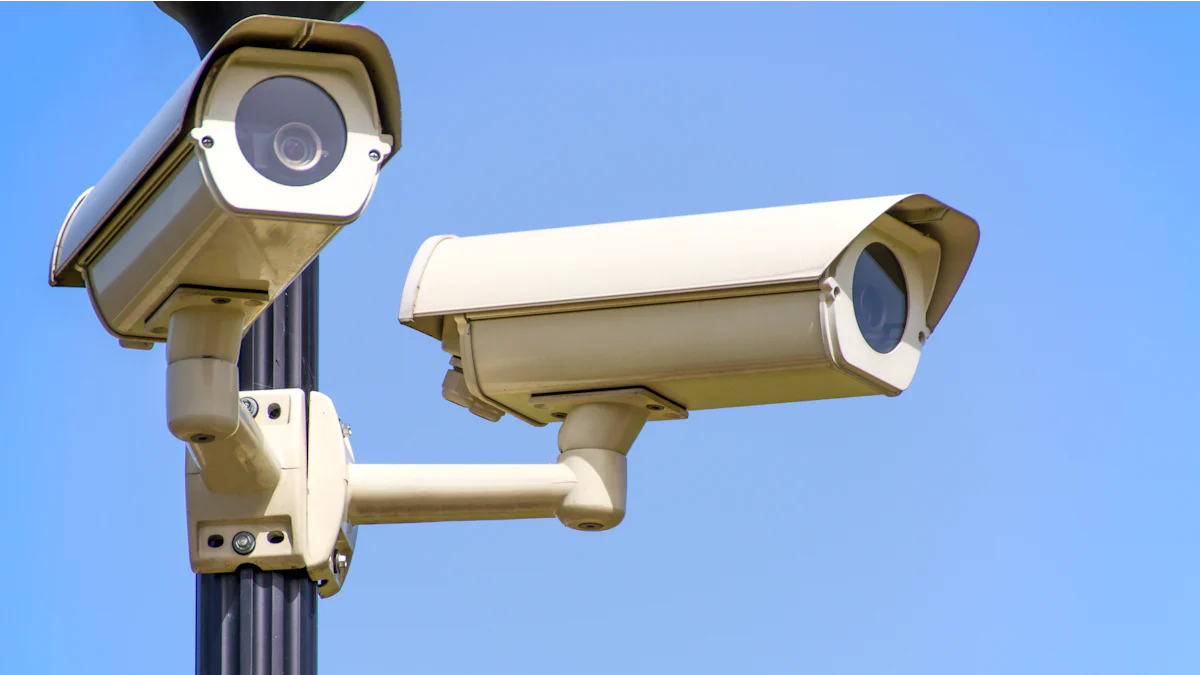
Better Security and Monitoring
Watch and Control from Anywhere
IP cameras let you watch live video from anywhere. You can use phones, tablets, or computers to check footage. Motion detection sends alerts if something unusual happens. They work with smart devices for easy remote control. Bokysee IP cameras give steady access for homes and businesses.
Easy to Add More Cameras
IP cameras make it simple to grow your system. You can add cameras without needing lots of new wires. Clear video works well on many devices at once. Bokysee IP cameras use PoE or WiFi for flexible setups. They are great for offices, factories, and public places.
Saves Money Over Time
Lower Fixing and Upkeep Costs
IP cameras save money by skipping extra DVRs and cables. Cloud storage cuts down on hardware repairs. Smart features, like Bokysee’s AI tools, stop false alarms. Strong designs last in bad weather, lowering repair needs.
Works with Smart Systems
IP cameras fit well with modern security setups. They detect people and cars to avoid mistakes. ONVIF standards help them work with other systems easily. Bokysee IP cameras offer smart tools like PTZ and AI analytics. They are a smart pick for long-term security plans.
Limitations of IP Camera Systems
Initial Setup Costs
Equipment and Installation Expenses
IP camera systems cost more at the start. Buying good cameras, NVRs, and storage adds to expenses. Networking tools like Ethernet cables, routers, or switches also cost money. Complex setups may need professional help for installation. Setting up these systems can be hard for some users. Extra items like brackets and PoE injectors increase the total cost.
Small businesses often have tight budgets for security systems. Analog cameras are cheaper and fit their needs better. Bokysee IP cameras offer PoE and WiFi to make setup easier. These features reduce wiring needs and save money over time.
Dependence on Network Infrastructure
Risks of Network Downtime
IP cameras need strong networks to work well. Weak networks can cause video delays or blurry footage. If the network goes down, cameras stop recording temporarily. A good internet connection is needed to avoid these problems.
High-quality cameras, like Bokysee’s 4K models, use a lot of bandwidth. Poor networks lower video quality and streaming performance. Businesses should get reliable internet and strong network tools. Backup options like local storage help during outages. Bokysee IP cameras work with ONVIF systems for smooth integration.
Use Cases for IP Camera Systems
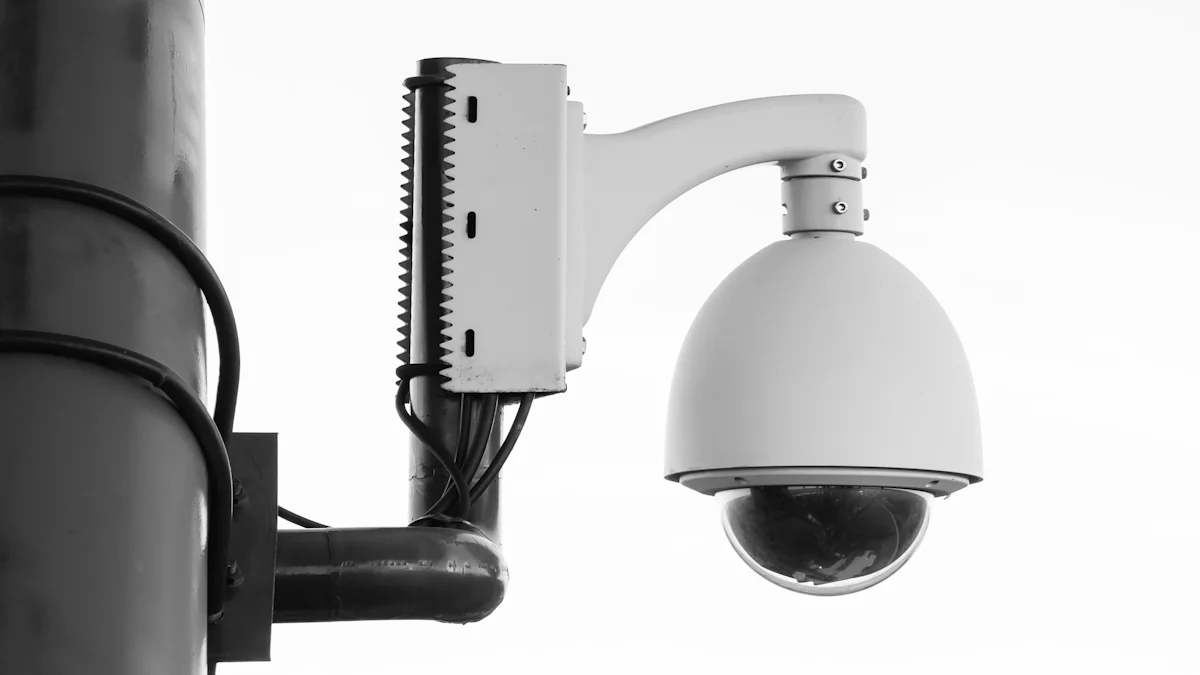
Residential Applications
Home Security and Monitoring
IP cameras help keep homes safe with live video monitoring. Clear images make it easy to recognize visitors or threats. Smart AI tools spot people and cars, reducing false alarms. Night vision lets you see clearly even in the dark. You can check your home from anywhere using a phone or computer.
Bokysee IP cameras work great for home security. They offer 4K Ultra HD video and motion alerts for safety. Easy setup options like WiFi and PoE fit different home designs. Weatherproof builds make them strong for outdoor use. They also connect with smart home systems for simple control.
Commercial Applications
Office and Retail Surveillance
IP cameras protect offices and stores by stopping theft and watching activities. High-quality video shows clear details to identify people or events. Motion alerts warn staff about unusual actions. Business owners can watch multiple locations remotely at the same time.
Bokysee IP cameras meet business needs with special features. PTZ cameras zoom up to 50X to cover big spaces. They work with ONVIF systems for easy setup with current tools. Strong metal cases handle tough conditions for reliable use. Smart AI detects intruders, improving overall safety.
Industrial Applications
Monitoring in Factories and Warehouses
IP cameras boost safety and productivity in factories and warehouses. Sharp video helps watch production lines and storage areas closely. AI tools find unauthorized people or vehicles, lowering risks. Night vision gives clear views in dark places. Managers can check operations remotely from other locations.
Bokysee IP cameras are perfect for industrial use with sturdy designs. Infrared and dual-light night vision work well in hard conditions. They connect easily with popular NVR systems for smooth use. Weatherproof cases protect them in rough environments. Custom options fit specific factory needs, improving workplace security.
Things to Think About When Picking an IP Camera System
Important Features to Check
Picture Quality, Storage, and Connections
Cameras with high resolution show clear and sharp images. A 4K Ultra HD resolution helps identify people and objects easily. Advanced cameras, like Bokysee IP Cameras, give great video quality day and night.
Good storage is key for saving video recordings. NVRs and cloud storage offer flexible ways to store footage. Local storage keeps recording even if the internet goes down. Video compression, like H.265, saves space without lowering quality.
Easy connections make setup simple. PoE uses one cable for power and data. WiFi cameras work well in places where wires are hard to use. Some systems also have 4G for areas without steady internet.
Suggested Brands and Products
Why Bokysee Stands Out
Bokysee IP Cameras are known for their smart features and strong performance. They offer 4K Ultra HD resolution for clear and detailed videos. AI tools help spot people and vehicles, reducing false alarms.
Special night vision lets you see clearly in the dark. Infrared and dual-light systems show color video even at night. PTZ cameras with 50X zoom cover large spaces and faraway details.
Strong builds make Bokysee IP Cameras great for outdoor use. Weatherproof cases with IP65/IP66 ratings handle tough weather. ONVIF support works with popular NVR systems like Hikvision and Dahua.
Custom options fit different security needs. Bokysee offers branding and system integration services. They provide good customer support, warranties, and fast delivery. These cameras are perfect for businesses and security installers.
Bokysee IP Camera – Key Advantages & Selling Points
-
High-Performance Image Quality – Offers up to 4K Ultra HD resolution for clear and detailed surveillance.
-
Advanced AI Detection – Features smart AI functions such as human and vehicle detection, reducing false alarms.
-
Flexible Connectivity – Supports PoE, WiFi, and 4G options for various installation scenarios.
-
Enhanced Night Vision – Equipped with infrared and dual-light (red & blue) technology for full-color night vision.
-
PTZ & Optical Zoom – Pan-Tilt-Zoom (PTZ) cameras with up to 50X optical zoom for wide-area coverage.
-
Customization & OEM/ODM – Supports custom branding, system integration, and product modifications.
-
Low MOQ & Fast Delivery – Ideal for CCTV distributors, security integrators, and project-based buyers.
-
Strong Compatibility – ONVIF-supported, compatible with Hikvision, Dahua, and major NVR systems.
-
Weatherproof & Durable – IP65/IP66-rated metal housing, suitable for harsh outdoor environments.
-
Reliable After-Sales Support – Technical assistance, warranty, and professional guidance for global partners.
Bokysee’s IP Camera solutions ensure high security, efficiency, and flexibility, making us the best partner for overseas CCTV business expansion.
IP camera systems give clear video and smart features for security. They have high-quality images, motion alerts, and remote viewing. Traditional cameras are simple but miss out on modern tools. Choosing the right system depends on your security needs and setup. Bokysee IP cameras are a good choice with 4K video and AI tools. They connect easily and work well in homes, businesses, and factories. Strong builds and smart tech make Bokysee cameras reliable. Check out Bokysee cameras for better and trustworthy security options.
See Also
Comparing AI Security Cameras With Traditional Systems For Tomorrow
Understanding PoE Camera Systems And Their Major Advantages
Key IP Camera Innovations To Watch For In 2025
Exploring The Upcoming Trends In Surveillance Camera Technology


